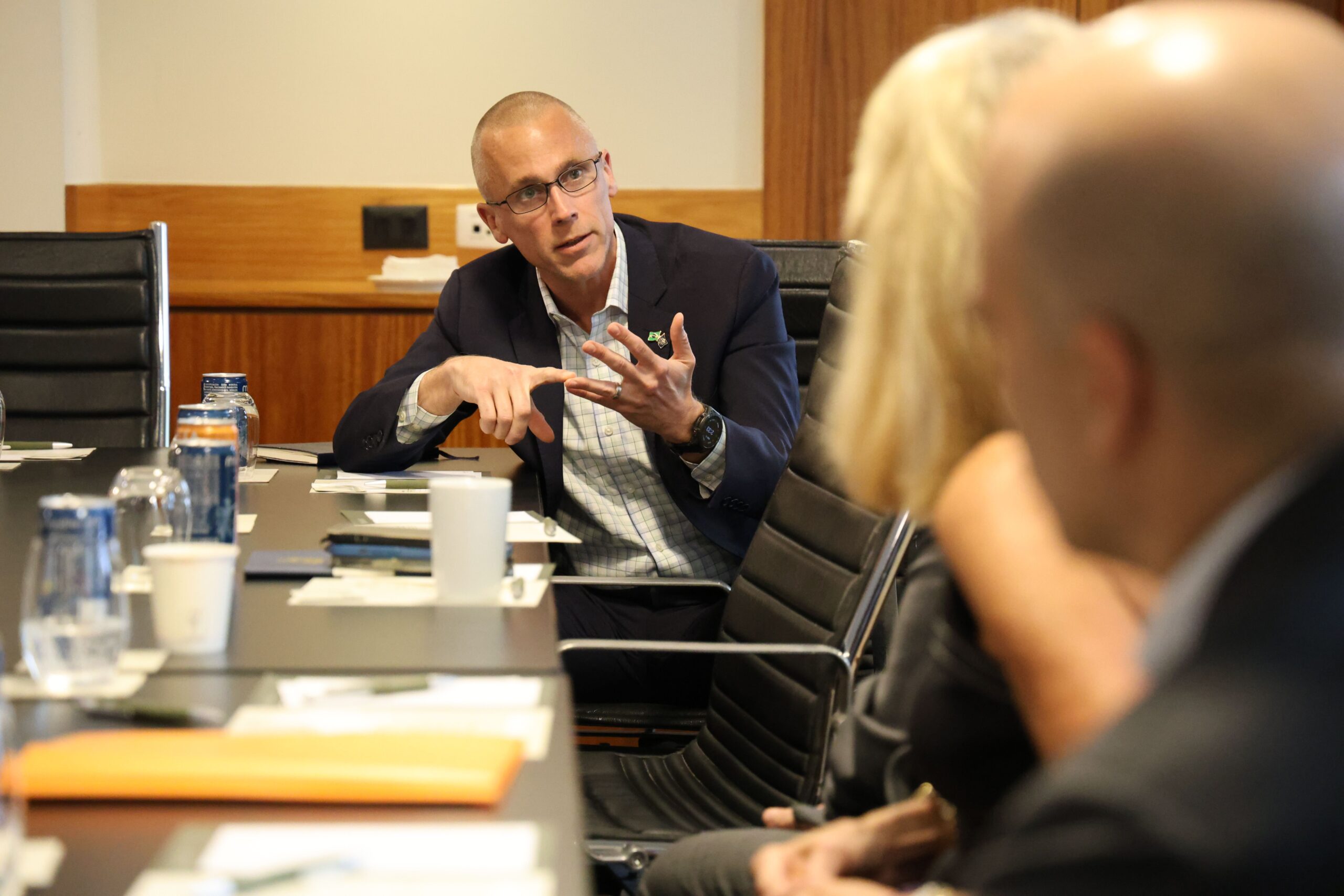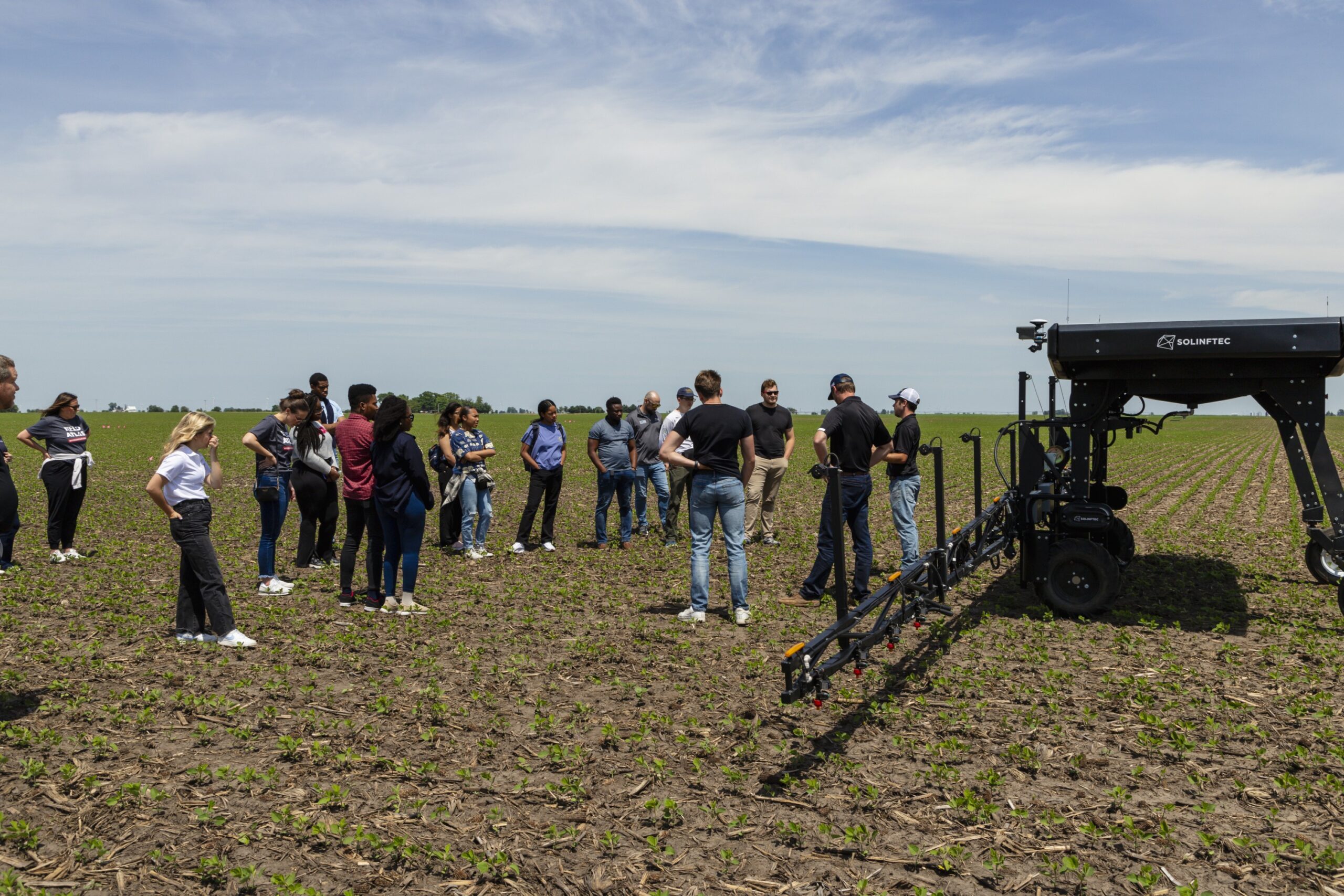- Rural areas face economic disadvantages, such as fewer job opportunities, higher poverty rates, and limited access to venture capital and internet services, yet they are essential for food and energy production. Driving advancements in the $1.5 trillion U.S. agricultural sector requires incentivizing scientific research and VC investment.
- Successful regions balance urban amenities with rural and suburban opportunities. Cities offer the necessary workforce, research, and infrastructure, while rural areas provide space for agricultural experimentation.
- Federal initiatives, including the EDA Tech Hubs and BEAD Program, aim to stimulate rural innovation by providing funding for infrastructure improvements and entrepreneurship, with rural migration showing slight growth since the pandemic.
You can’t be a suburb of nothing.
Those words are part of the lore of Bill Hudnut, a longtime Indianapolis mayor who helped shape the late 20th century concept of regionalism. His point? Champions of suburbs, small towns and rural communities should still want a dynamic city nearby. Even setting aside the art museums, density attracts healthcare systems, transit infrastructure and advanced research.
Meanwhile, invention and entrepreneurship are sparked by smart people solving problems they confront.
Put it all together, if you want to bring innovation to the $1.5 trillion American ag sector then you better focus on a place that can mix the scientists and capital that thrive in density with the farmers who rely on space.
That’s Mitch Frazier’s job leading AgriNovus Indiana, an initiative founded in 2015 by the Central Indiana Corporate Partnership.
Frazier is a corn-fed, small-town Hoosier who went from the US Army to a career in digital marketing. That culminated at ExactTarget, which a decade ago became Central Indiana’s biggest ever tech exit with a $2.5 billion acquisition by Salesforce. After a stint leading a family-run John Deere dealership business, Frazier took a central role in Indiana’s economic moment.
Federal dollars are flooding, entrepreneurship is booming — and the Midwest wants an economic revival story with agriculture at the center.
Frazier is far from the only champion of entrepreneurship from rural communities. Groups from upstate New York, Oklahoma, Wisconsin and Montana all were awarded splashy EDA Tech Hubs investments last month, mixing rural and research with timely innovation.
A post-pandemic surge of statewide innovation strategies from Pennsylvania and Ohio down to Alabama and Tennessee over to Nebraska and Iowa means big urban metros are in a portfolio with rural counties. Most rely on state economic development dollars, university research and ties to metro centers to get the most of their agricultural, energy and natural resources.
How rural counties overcome their weaknesses
By many measures, rural economies are weaker than urban and suburban ones. Rural counties create fewer jobs per capita, have more poverty and less reliable internet access. Only 2.5% of US venture capital deals went to rural areas in 2021, according to the SEC, despite more than 15% of Americans living there. The previous decade, 91% of rural counties experienced population loss of prime working-age adults (25-54), compared to 81% of all US counties, according to a report by the St. Louis branch of the Federal Reserve Bank.
But it’s lost on no one that these rural areas grow just about everything we eat — and increasingly produce most of the energy we consume. And in the pandemic era, new sparks started to fly.
“People saw for the first time in their lives, during the pandemic, they saw empty shelves,” said Frazier, of AgriNovus. “The tie between agriculture and food felt real. So they thought to themselves: I can be a data scientist or an engineer and still be part of this, of how we feed America, and the world.”
Rural net migration rates were negative from 2010 to 2016 and near zero from 2017 to 2020, according to the US Department of Agriculture — meaning populations either declined or stayed the same. Then, in 2020-21, net migration rates ticked up to 0.47%. That isn’t a surge, surely, but it is a change.
The Biden administration’s massive federal spending bills have brought new investments to rural counties. Beyond the Tech Hubs initiative, the Broadband Equity, Access and Deployment (BEAD) Program provides $42.45 billion to expand high-speed internet access, largely in rural communities.

The rise of rural innovation
As the fastest growing Midwestern state, Indiana leads the trend it represents. But this resurgence of entrepreneurship in rural communities isn’t limited to Indiana.
Across the country, places like the Northern Plains, Western Montana, and parts of Idaho and Wyoming have seen newfound economic prosperity, often driven by natural resource extraction and the intersection of agriculture with cutting-edge technology, according to the Economic Innovation Group.
In 2022 alone, three of the largest venture capital deals in Indiana were focused on agtech, according to Frazier.
“We improve people’s lives, put food on the table, boost national security, and when done right, we can help the environment and make people healthier,” said Frazier.
Though many rural counties are considered “left behind” by economists, a portion are thriving — typically because they are part of a dynamic region.
For rural counties to thrive, Frazier argues, proximity to urban centers is key. “You need academia. You need workforce. You need where people intersect. But you also need to have experimentation and field trials where they can happen.”
It’s a delicate balance between innovation and practicality, where the infrastructure of cities supports the experimentation that rural agriculture demands.
“Food is the only economy that touches every person on the planet,” Frazier said. Farm-to-table entrepreneurship can go beyond restaurateurs, and into lab science, energy production and more. The best positioned regions are ones that offer residents a range of amenities: city culture, sprawling comfort and small town identity. Fitting, then, that AgriNovus’s offices are in Indianapolis, a growing mid-sized city of 850,000 with the starts of a tech-startup community and access to farmland.
“It’s in these realities between urban and rural and suburban,” Frazier said, “that opportunities emerge.”







